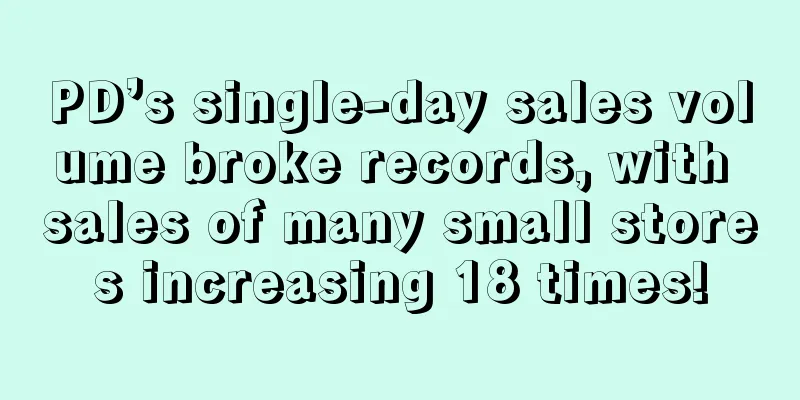Popular pastime among North American young people: filling up shopping carts on e-commerce platforms and then removing them

|
“I think shopping online is a way to pass the time when you’re not actually making a purchase, ” said Jennifer Vance , a 27-year-old who shifted her habits online when brick-and-mortar stores were closed because of the pandemic. “ It’s a way to pass the time when you’re not actually making a purchase. It’s a different thing than shopping online or reading the news or anything depressing . ”
For consumers, filling up their shopping carts and then removing items is nothing new, and is equivalent to their usual shopping behavior. However, due to the epidemic, this kind of pastime seems to have increased, as consumers want to experience shopping without spending money.
Shopping cart abolition appears to have increased during the pandemic as consumers stay at home .
Last June, Jordan Elkind, then vice president of retail insights at Amperity, a customer data and identity platform, listed data: data since the outbreak showed that 94.4% of shopping carts were abandoned , while during the epidemic it was 85.1% . He said this would be equivalent to billions of dollars in e-commerce revenue.
The trend of adding items to carts and then abandoning them isn’t necessarily the worst thing for retailers, as they’re drawing more attention to products that could lead to potential sales, explained Dennis Hegstad, whose company, LiveRecover, helps e-commerce companies recapture consumers who have abandoned their carts by sending text message reminders to customers .
He suggested people might just need to take their time and go shopping online, although "if someone is adding something to their cart without intent, that's a confusing sign."
But some companies may also be paying for ads that attract these online window shoppers, rather than earning the money back, Hegstad said.
“Customers add items to their shopping carts on websites for many reasons besides immediate intent to buy,” said Emily Forrester , senior analyst . “They use their carts as wish lists, to store items while comparison shopping, or as a reminder to themselves to shop later.”
As the pandemic intensifies, more shoppers are completing their purchases virtually , suggesting window shopping is transitioning to the real thing.
Chris Chapo, Vice President of Advanced Analytics at Amperity , said: “As the pandemic continues, e-commerce interactions have changed dramatically . We are hearing from customers and from conversations with many retail brands that website traffic has increased significantly and conversion rates are beginning to increase , which is a positive indicator for the future of digital business. B2C (business-to-consumer) companies will need to focus on customer centricity more than ever before . ”
Americans spent $791.7 billion online last year , up 32.4% from 2019 , according to quarterly data released this month by the U.S. Commerce Department. E-commerce also accounted for 14% of total U.S. sales , up from 11% in 2019.
Studies have shown that this type of consumer behavior can effectively relieve inner anxiety, so it is called "retail therapy."
North America E-commerce platform Cart Consumer Psychology |
<<: Burrow, a US DTC home furnishing brand, raises $25 million
Recommend
What is ePay.bg? ePay.bg Review, Features
<span data-docs-delta="[[20,{"gallery"...
What is Go Fast? Go Fast Review, Features
GouKuai Supply Chain Management (Guangzhou) Co., L...
What is Swift Express? Swift Express Review, Features
Xunjie Express focuses on countries in the Middle...
What is Clickkwala Tour? Clickkwala Tour Review, Features
Clickkwala is a full-service marketing service pr...
The e-commerce industry is going crazy! Yiwu is in a state of silence, and express delivery is suspended for 5 days
Yiwu has recently experienced a sudden outbreak o...
What is As Seen On TV? As Seen On TV Review, Features
As Seen On TV is a generic nameplate for products...
Many countries are closely advancing the RCEP process, and Thailand becomes the first ASEAN member country to ratify the agreement
The center aims to better provide Thai people and...
Under supply chain pressure, US retailers no longer offer post-holiday discounts
It is understood that January is the golden month...
What is Lithuania EMI? Lithuania EMI Review, Features
<span data-docs-delta="[[20,{"gallery"...
What is Suma Brands? Suma Brands Review, Features
Suma Brands was founded on the belief that the nex...
Etsy takes steps to combat shipment delays
Etsy recently said that it will continue to learn...
eBay forced to sell UK subsidiary after $9.2 billion deal halted
eBay's plans to sell its classifieds group to...
What is Silulink? Silulink Review, Features
Silulink was founded in 2011 in San Diego, Califor...
What is Hush Puppies? Hush Puppies Review, Features
Hush Puppies was founded in 1958 and uses the famo...
Successfully rang the bell! The couple created a listed company
Another big sale pried open the door to the capit...









